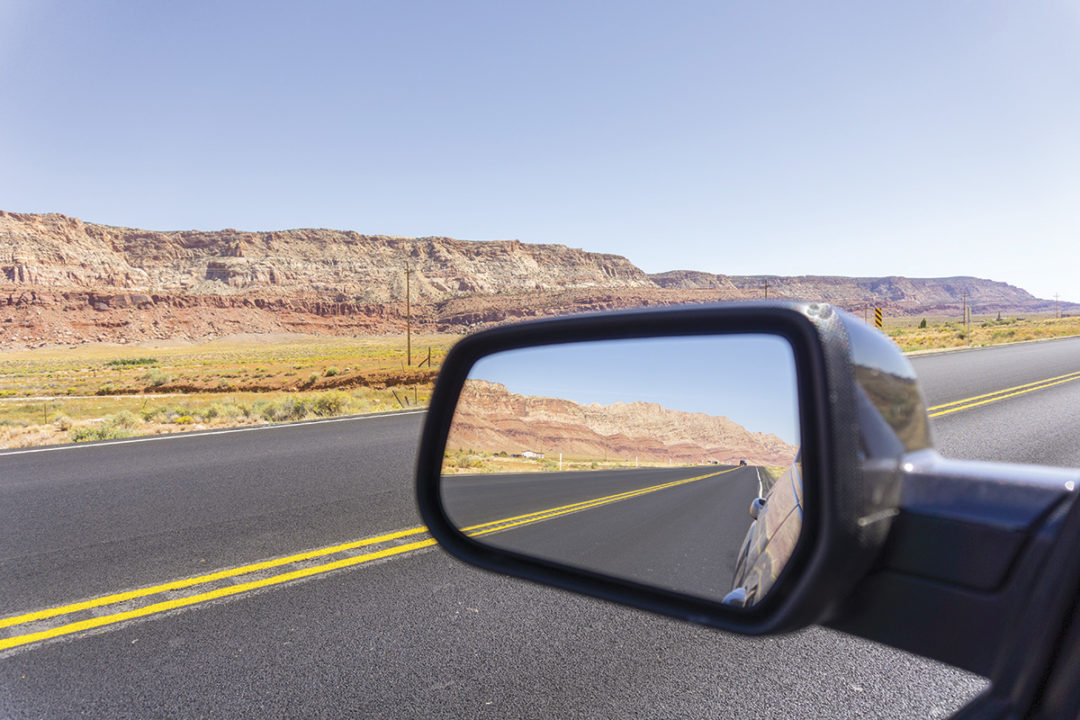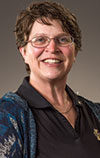I hope this article finds you healthy, happy and getting ready for the holidays. If you are like me, we have finished weaning, we’ve moved momma cows to winter pastures, and we are getting ready for the upcoming bull sales and calving season. We are also feeding, sorting, making final keep or cull decisions and marketing. To say the least, we are busy.
The end of the year can also be a great time to reflect on what happened this past year and to reevaluate how tasks are done. I encourage you to focus on the now and recent past to improve the future of your operation.
For me, I like to separate things into seasons: calving, rebreeding, pasture turnout, weaning and marketing. How did the effort go in each of your seasons? Are you making improvements to help your operation be sustainable?
Management decisions you make do not always go the way you expect. That is why it is important to prepare your resources, be ready for the right timing and be flexible to situations that may pop up. How are you managing resources during your seasons? Though resources vary, I’d like to focus on the following areas.
Responsibilities in positions resources
Evaluate your personnel, not the people, and evaluate the responsibilities being conducted. Many times in agriculture, we are working with family, so firing Grandma is not an option. So instead, create positions that have focused responsibilities and then find each person’s strengths, abilities and weaknesses, which will help you place individuals in the positions that best suit them. For example, don’t give the outdoor lover the desk job or the introvert the marketing position that requires talking to people. Also, partner up on big jobs so more people understand the responsibilities and appreciate what others do. For example, every time I join the crew to stack the hay by hand, I really appreciate the guy who owns the stacker, and I don’t mind that he is late to our field.
It is OK to make changes in responsibilities. The older I get, the more I realize that I can’t do things, such as lifting hay bales. However, there are things I can do, like ask for help (but my kids are never home) or ask the guy that bales my hay to make them 70 pounds instead of 150. Working smarter not harder will help your operation be sustainable.
When referring to responsibilities during the five seasons of calving, re-breeding, pasture turnout, weaning and marketing, ask yourself the following:
- Are the right positions available? Is the right person in the right position?
- Do I need to add or take away responsibilities?
- What can we do differently?
- What could be a short-term or trial change?
After you have answered these questions, rank them in priority so you can make improvements. You should also consider what will happen if you delay making these changes. That might change your priority.
Pasture resources
What is your sustainability vision for pasture during each of the five seasons? Pastures are at different stages, and livestock have different needs during these seasons. Ask yourself, during last year’s seasons of breeding, calving, pasture turnout, weaning and marketing:
- Were pastures in good health?
- Did pastures include the right grasses and forbs needed for the livestock that were grazing?
- What was the weed pressure?
- Was the watering (irrigation and stock water) system working and appropriate?
- How could I extend my grazing on this pasture?
After you have answered these questions, rank them as to priority on making improvements. You should also ask yourself: What will happen if you delay in making these changes? Not addressing pasture diversity has a short-term consequence, whereas not addressing weed issues is a long-term consequence. Weed seed can last from five to 50 years, depending on the nasty weed you are hoping to control.
Livestock resources
What is your vision for improving your livestock herd? Feed is expensive and hard to come by in some areas. Animal health is important and can be costly if you don’t stay on top of it.
During each season, ask yourself the following:
- What is the body condition of the cow and calf?
- Have I evaluated the eyes, feet and udders of my livestock?
- What is the overall health of the calf and cow?
Determine which cows are performing well for you and which are not. Because I am a numbers person, I like to use collected data, but if you’re not a numbers person, go look at the cows and calves in their working condition and consider the following:
- Which cows are breeding quickly? Why?
- Which cows are calving late? Why?
- What is the size of the calf compared to the size and condition of the cow?
- What is the age of the cow?
- Do you know what your current cow herd is producing? Ask your buyers for information. We sell our calves at various stages: weaning, yearling, when the haystack runs out, after the first of the year, etc. We all have reasons and management decisions for that. But what is the information you get back? You need to know if your product (calves) is working for the next segment in our industry.
- What was the health rate, feed conversion and carcass qualities of your calves?
Now rank these for priority so you can make improvements. The improvements will help your operation become sustainable.
Don’t forget about your bull battery. The most influential decision you can make for your cow herd is bull selection and management. We only need one bull for 25 cows, that is not a big deal, right? Wrong. Actually, one bull has 50% genetic influence on your herd of 25. That is huge, whereas one cow will have one calf per year or a 4% genetic influence. Depending on how long you keep a bull, 50% of the genetics are in your herd for at least eight years, assuming you sell the bull once his daughters become mothers and they stay for another six or seven years. That is a long-term investment. So, selecting the right bull is very important.
When selecting a bull, ask yourself:
- What is my market? Am I selecting a bull to reach that market? Use data to help you. If your market is selling at weaning, then look at weaning expected progeny differences (EPDs) and weights; if you sell at yearling, then look at yearling EPDs and weights; and if you sell fed cattle, look at the marbling EPDs and $B and $G indexes.
Reflect on the management decisions you made this year. Look at the priority ranking you conducted while reading this article, and focus on creating a more sustainable operation for you and your family. This is important because agriculture needs you to help feed the world.










